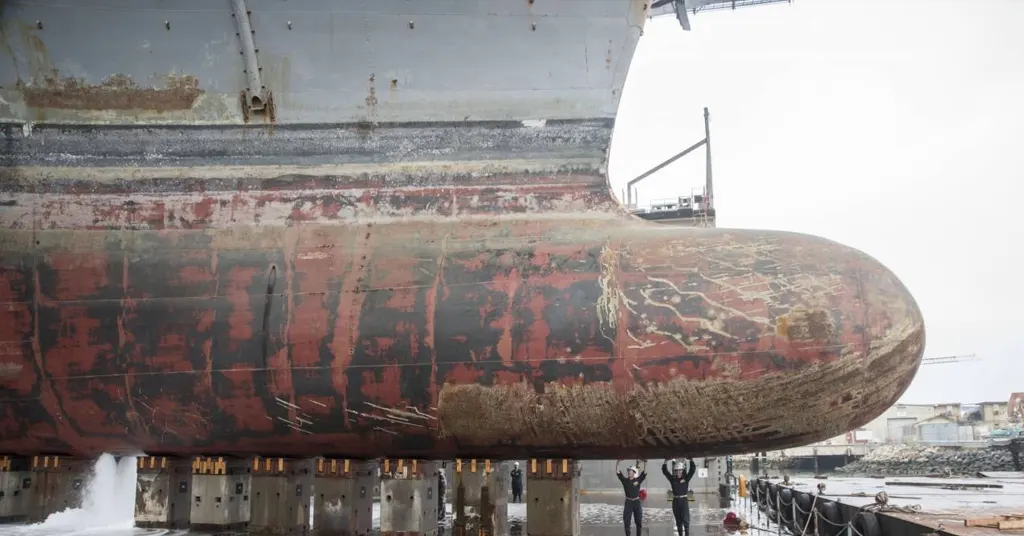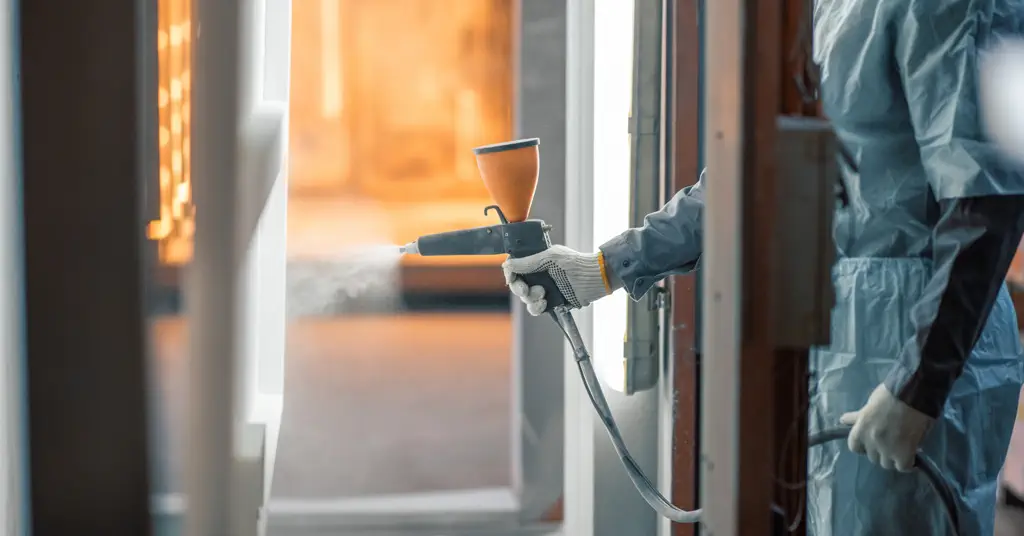How Powder Coatings Protect Ship Steel from Corrosion?
Ships operate in harsh ocean environments, facing constant threats from corrosion. Saltwater, oxygen, and humidity can quickly damage steel structures, putting safety and durability at risk. Traditional coatings have been used for protection, but they often fall short in terms of environmental impact and performance. Powder coatings offer a modern, effective solution for ship steel corrosion protection. This article explains the science behind powder coatings, their advantages over traditional paints, and their growing role in marine corrosion protection.
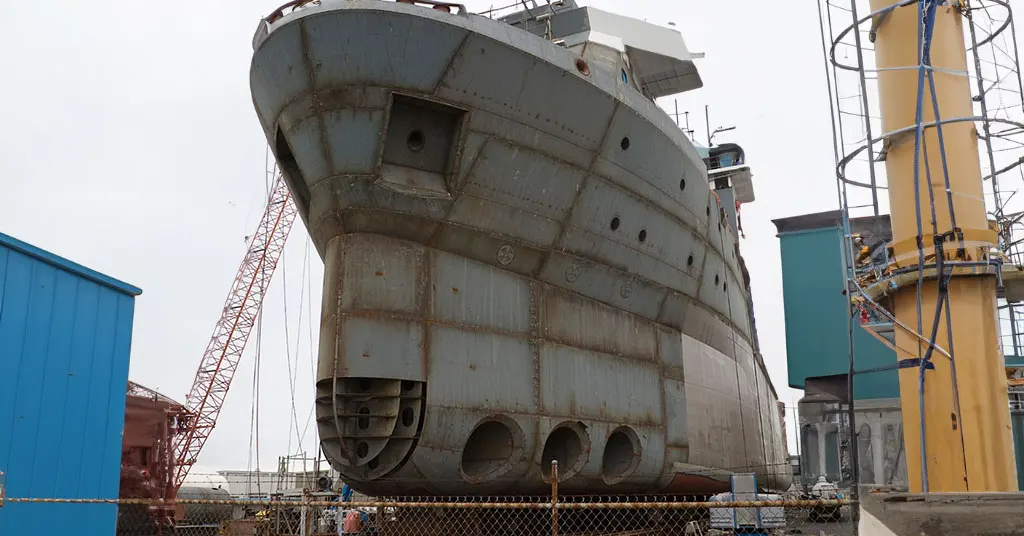
Why Ship Steel Corrodes in the Ocean
Main Causes of Corrosion in Marine Environments
Ship steel faces several corrosion threats in the ocean:
- Chloride Ions (Cl⁻): Saltwater contains chloride ions that break down steel’s protective layer, speeding up rust.
- Oxygen (O₂): Oxygen reacts with steel to form rust, especially in humid conditions.
- Electrochemical Corrosion: Seawater acts as an electrolyte, creating tiny corrosion cells on steel surfaces.
- Temperature and Humidity Changes: Constant weather changes weaken coatings and expose steel to corrosion.
- Microbial Corrosion: Ocean bacteria, like sulfate-reducing bacteria, can cause localized damage.
Dangers of Corrosion to Ship Safety
- Weakened Structure: Corrosion thins steel, reducing the ship’s strength.
- Safety Risks: Rust can lead to holes in the hull or cracks in the deck, endangering crew and cargo.
- Economic Costs: Frequent repairs and maintenance raise operating costs and shorten ship life.
Why Corrosion Protection Is Essential
Strong corrosion protection is critical for ship safety and longevity. Traditional liquid paints help, but they release harmful chemicals (VOCs) and require frequent touch-ups. This makes finding a better marine coating solution, like powder coatings, essential.
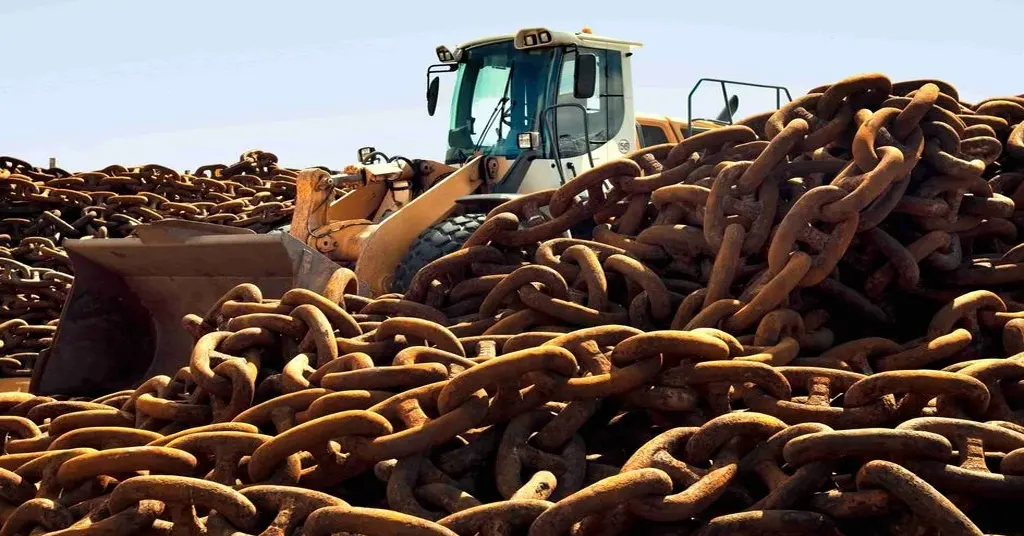
What Are Powder Coatings and Their Features?
Main Ingredients of Powder Coatings
Powder coatings are dry, solvent-free coatings made of:
- Resins: Such as epoxy or polyester, which bind the coating and resist corrosion.
- Pigments and Fillers: Add color and improve strength.
- Curing Agents: Help the coating harden into a solid layer.
- Additives: Like flow agents or antioxidants, enhance coating performance.
How Powder Coatings Form and Their Key Properties
- How They Work: Powder coatings are applied using electrostatic spray, then heated to melt and form a solid layer.
- Key Properties:
- Dense Layer: The coating has no gaps, blocking corrosive substances.
- Strong Adhesion: It sticks tightly to steel surfaces.
- Wear and Impact Resistance: The layer is tough and resists damage.
- Chemical Resistance: It withstands acids, salts, and other chemicals.
How Powder Coatings Protect Ship Steel from Corrosion
Physical Barrier Protection
- Creating a Dense Shield: Powder coatings form a solid, gap-free layer that blocks seawater, oxygen, and chloride ions from reaching steel.
- Importance of Thickness and Evenness:
- Coatings are typically 50-100 microns thick, offering long-term protection.
- Even layers prevent weak spots where corrosion could start.
- Visual Suggestion: Add a close-up image of the coating’s dense structure.
Electrochemical Protection
- Stopping Electrochemical Corrosion: Powder coatings act as insulators, preventing electron flow and stopping rust reactions.
- Passivation Effect: Some ingredients, like epoxy resins, form a protective film on steel to slow corrosion.
- Cathodic Protection: Special fillers, like zinc, can act as sacrificial anodes if the coating is damaged.
- Visual Suggestion: Include a diagram showing electrochemical corrosion and how powder coatings stop it.
Chemical Stability
- Resisting Chemical Attacks: The resin in powder coatings resists damage from seawater salts and chemicals.
- Salt Spray Resistance: Tests (like ISO 9227) show powder coatings can handle thousands of hours of salt spray exposure.
- Seawater Resistance: Long-term immersion tests confirm the coating stays intact and strong.
- Visual Suggestion: Add a chart showing salt spray test results.
Why Powder Coatings Are Better Than Traditional Liquid Paints
| Comparison | Powder Coatings | Traditional Liquid Paints |
|---|---|---|
| Corrosion Protection | Dense layer, excellent salt and seawater resistance | Gaps in layer, weaker corrosion resistance |
| Environmental Impact | No VOC emissions, eco-friendly | High VOC emissions, harmful to environment |
| Application Efficiency | One coat, fast and simple | Multiple coats, longer application time |
| Durability | Strong adhesion, wear-resistant, long-lasting | Prone to peeling, needs frequent repairs |
| Cost-Effectiveness | Lower maintenance, better long-term value | Cheaper upfront, but higher repair costs |
- Eco-Friendly: Powder coatings release no VOCs, meeting IMO and EU environmental standards.
- Long-Lasting: Their tough, durable layer reduces maintenance needs.
- Cost-Effective: Higher initial cost, but saves money over time due to less upkeep.
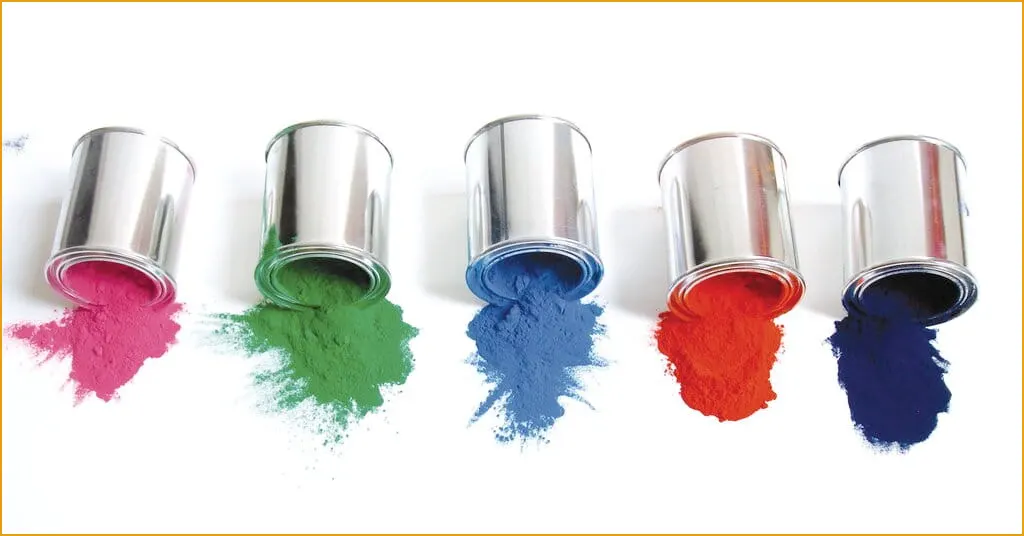
Powder Coatings in Ship Steel Corrosion Protection
Real-World Applications
- Ship Hull: A cargo ship used epoxy powder coatings on its hull, showing no major corrosion after 5 years at sea.
- Ballast Tanks: An oil tanker used zinc-rich powder coatings in ballast tanks for extra cathodic protection.
- Pipelines: A naval ship’s pipelines coated with high-temperature powder coatings resist seawater and heat.
- Small Parts: Bolts and brackets coated with powder coatings prevent localized rust.
Future Potential
- Green Ship Trends: Stricter environmental laws will make powder coatings a top choice for marine corrosion protection.
- Tech Advances: Innovations like nano-coatings and self-healing powder coatings will improve performance.
- Market Growth: Studies predict the ship powder coating market will grow over 5% annually from 2025 to 2030.
Conclusion
Powder coatings protect ship steel through physical barriers, electrochemical protection, and chemical stability. They outperform traditional liquid paints in corrosion protection, environmental impact, and cost-effectiveness, making them an ideal ship coating solution. As green shipping and advanced coatings gain traction, powder coatings will play a bigger role in marine corrosion protection. The shipping industry should embrace powder coatings to tackle corrosion challenges and build safer, longer-lasting ships.
Author Introduction

Erik
Doctor of Chemical Engineering, expert in the field of powder coatings, with over 20 years of professional experience in the research and application of powder coatings

